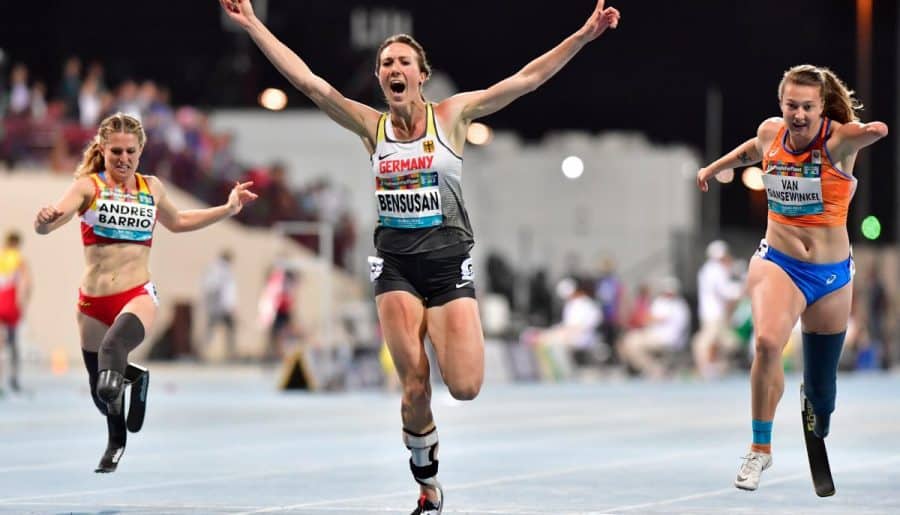The Paralympic Games take place every two years, alternating between the summer and winter games. The 2024 Paralympics runs from August 28 to September 8. It’s an international multi-sport event celebrated for bringing together athletes with disabilities to showcase their exceptional skills and determination.
The 2024 Paralympics will see approximately 4,400 athletes from around the globe competing in 22 sports. Paris will host the games, which will be held in popular locations such as the Eiffel Tower, the Chateau de Versailles, and the Grand Palais.
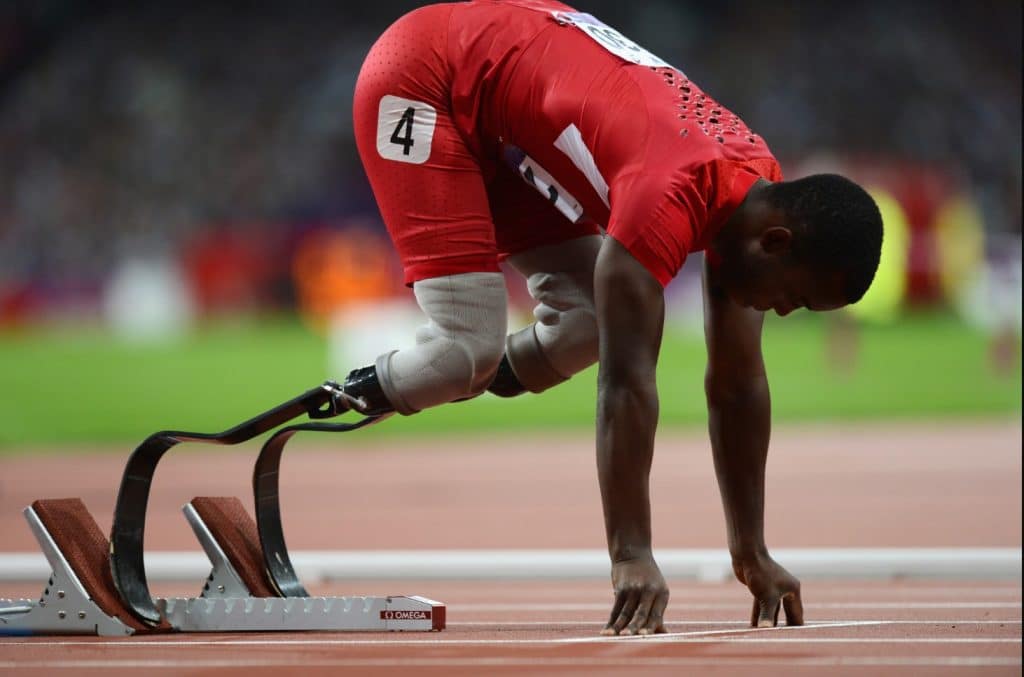
But did you know that the Paralympics represent more than just a competition? They also serve as a platform for changing societal perceptions about disabilities and advocating for inclusion and equal treatment for all.
The event also highlights the belief that with the right support and mindset, limitations can be surpassed, and it advocates for the rights of disabled people, making sports more accessible for everyone.
Amazing, right?
So, how did the Paralympics start, and why did it become such an important event? How is it different from the Olympics?”
Read on, and I’ll explain how the Paralympic movement grew into a significant sports event.
What Is the Paralympics?
The Paralympic Games are an important international sporting event for athletes with disabilities, similar to the Olympic Games. Since the late 20th century, the Paralympics have been held in the same city as the Olympic Games, starting shortly after the Olympics end.
These games are divided into the Winter and Summer Games, taking place alternately every two years.
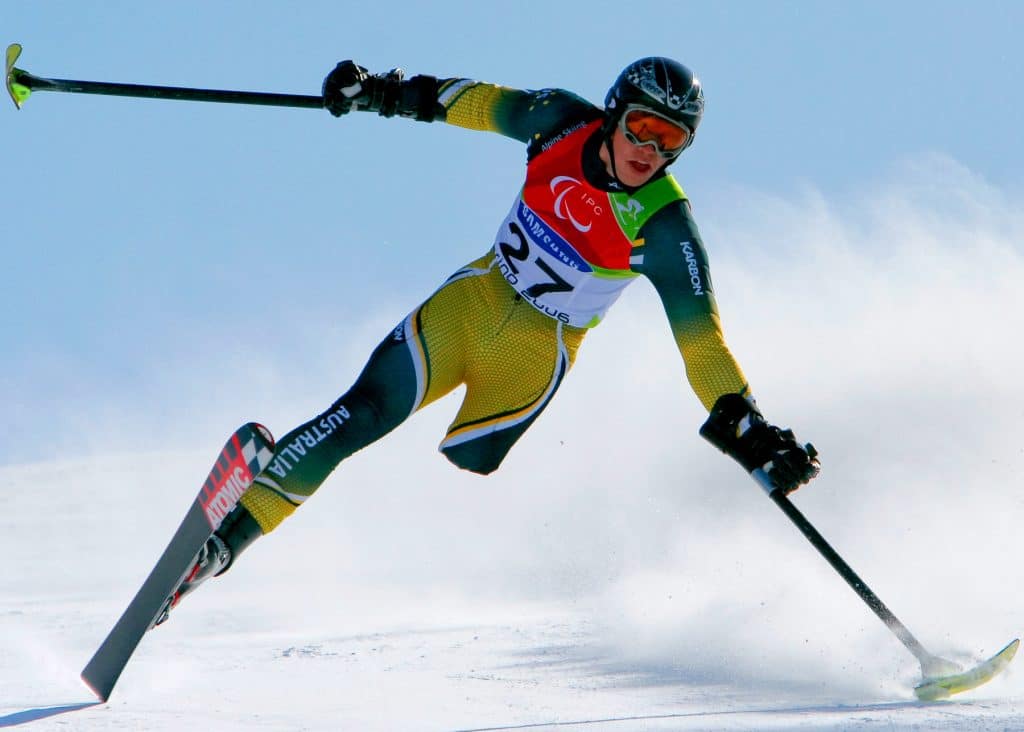
The Paralympics also feature many sports in the Olympics, including Alpine skiing, cross-country skiing, biathlon in the winter, cycling, archery, and swimming in the summer. The sports equipment is modified to accommodate specific physical impairments.
In the Winter Paralympics, athletes compete across five distinct categories of impairment: amputee, cerebral palsy, visual impairment, spinal cord injuries, and les autres or athletes with impairments that do not fit into the other categories, including those with dwarfism.
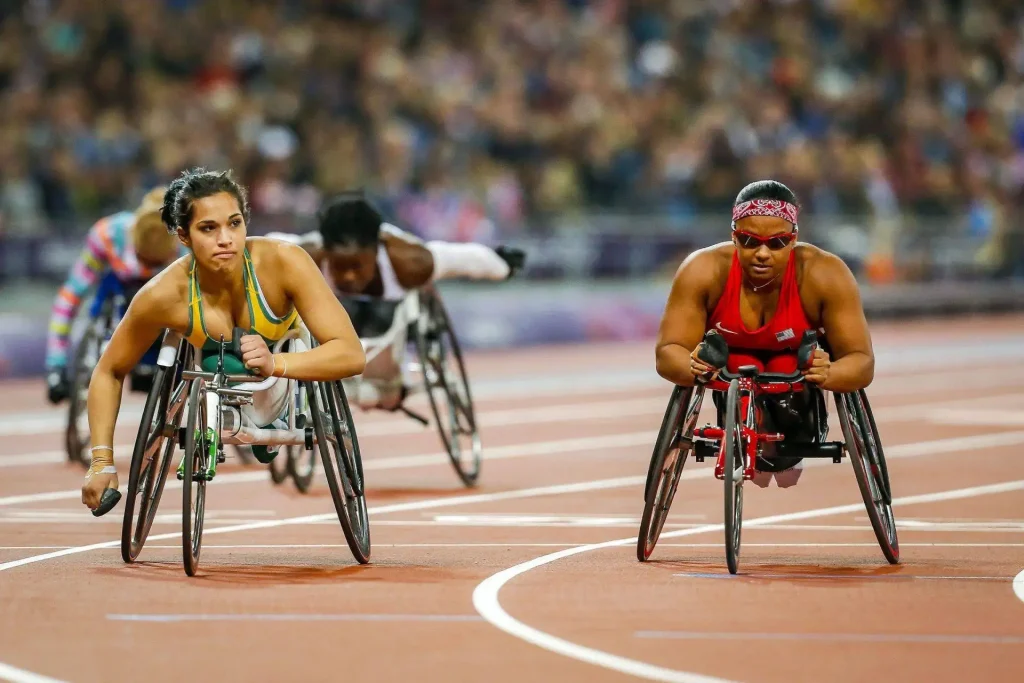
The Summer Games now include athletes with an intellectual disability, creating a sixth category. Athletes are grouped based on the nature and severity of their disabilities. If an athlete’s physical condition changes, classifications can be adjusted in future competitions.
How It Started
The history of the Paralympic Games began in 1948 at Stoke Mandeville Hospital, located about 60 km north of London.
While sports for individuals with disabilities had existed before this time, it wasn’t until after World War II that it became more widespread, particularly to assist the large number of veterans and civilians injured during the war.
Dr. Ludwig Guttman, a German doctor working with war veterans from World War II, introduced a new approach to help their recovery. Many of these veterans are Royal Air Force pilots who had spinal injuries and used wheelchairs.
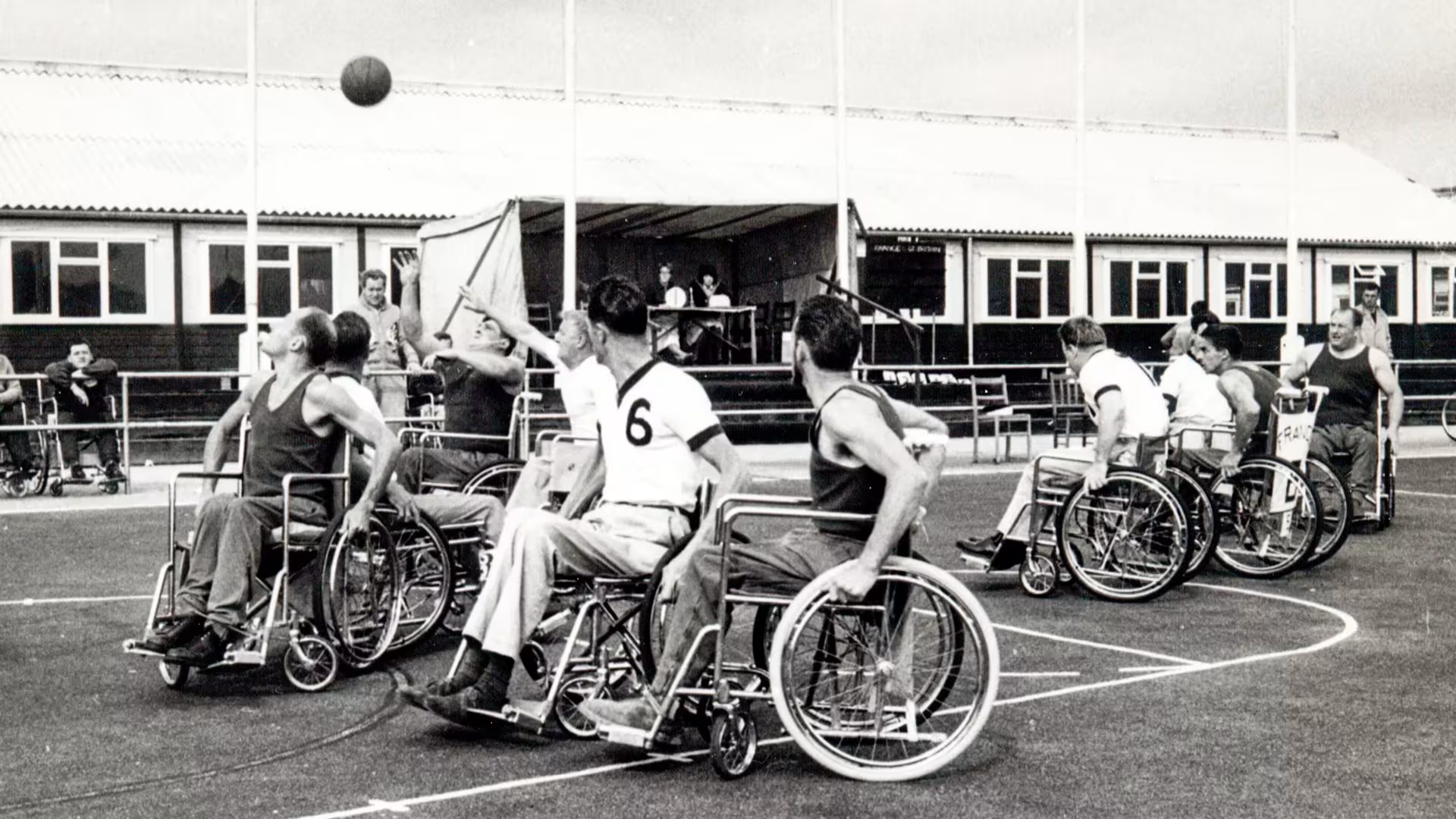
On July 29, 1948, the day of the Opening Ceremony of the London 1948 Olympic Games, Dr. Guttman organized sports events, including archery and netball for war veterans, which he named the Stoke Mandeville Games. Without realizing it, Dr. Guttman started a new sports movement by setting up these competitions.
“Until then, the problem was hopeless because we had not only to save the life of these paraplegic or quadriplegic men, women, and children but also give them back their dignity and make them happy and respected citizens.” said Ludwig Guttman.”
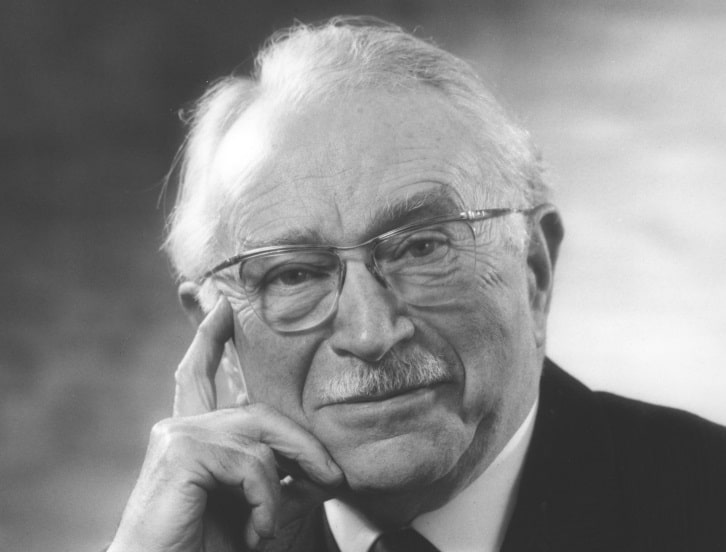
In 1952, Dutch veterans joined the movement, leading to the founding of the International Stoke Mandeville Games. Teams from the Netherlands and Britain participated in the inaugural games, which have occurred every year since.
By 1954, the International Stoke Mandeville Games included 14 countries. Most of the athletes were paraplegics receiving treatment in hospitals or rehab centers that used Stoke Mandeville’s approach of using sports as part of therapy.
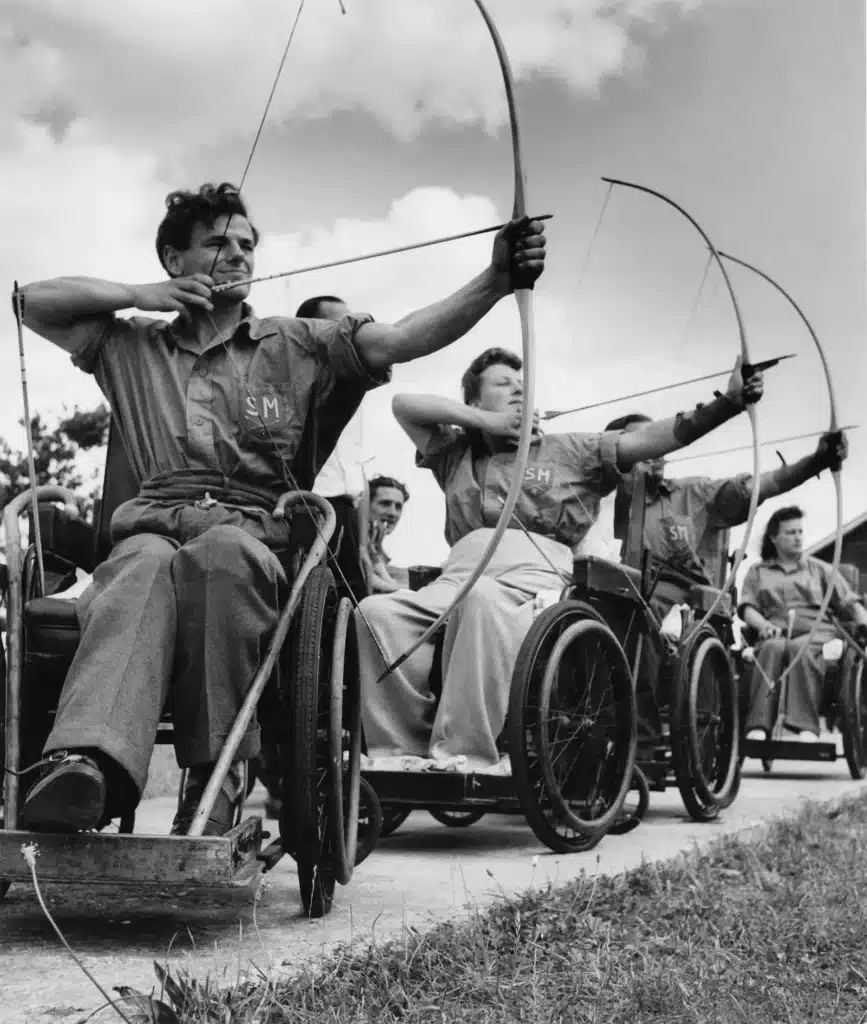
The growth continued into 1955, bringing 200 athletes from 18 countries for the fourth edition of the International Stoke Mandeville Games.
The ninth Stoke Mandeville Games eventually became the first Paralympic Games, with 400 athletes from 23 countries competing. It was held in Rome from September 18 to 25, 1960, right after the Olympic Games finished. These games have been held following every Olympics since then.
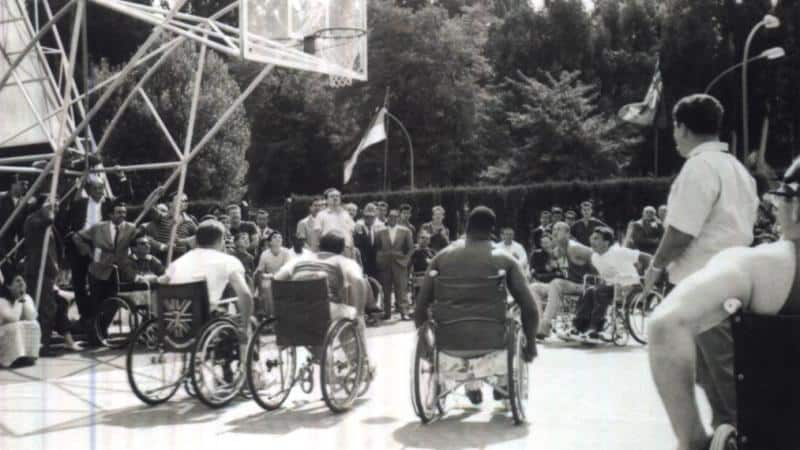
Around 5,000 people came to the opening at Acqua Acetosa Stadium. Athletes from 23 countries competed in eight different sports, all using wheelchairs.
The sports were athletics, basketball, swimming, table tennis, archery, snooker, a combination of darts and archery, and fencing, all designed for wheelchair athletes.
The Paralympic Games were held in Tokyo in 1964, from November 3 to 12, right after the Olympics. This time, 375 athletes from 21 countries competed.
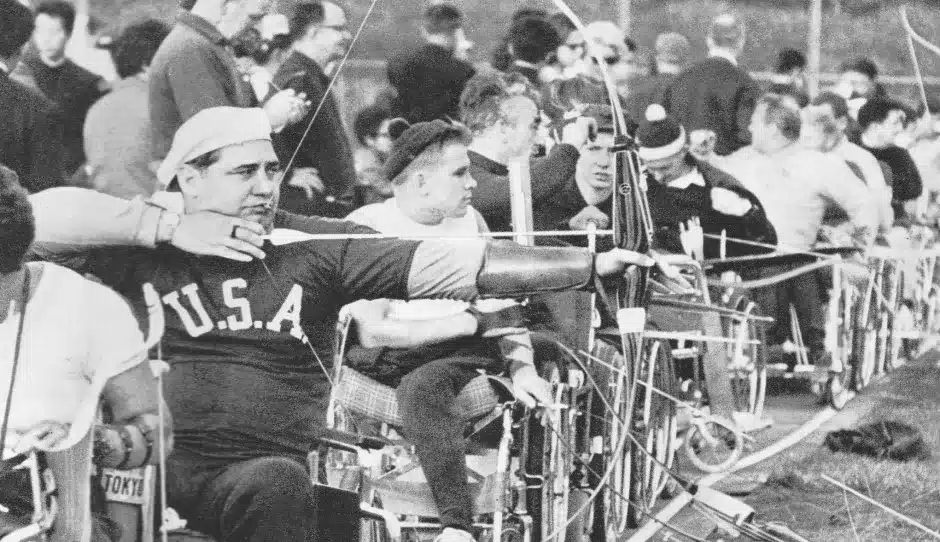
They added new sports like powerlifting and a 60m race for wheelchair users. Back then, the wheelchairs were just regular and quite heavy, around 33 pounds (15kg).
It wasn’t until the 1980s that athletes started modifying their wheelchairs for sports. Today, the wheelchairs used in racing are much lighter, and only about 15 pounds (7kg), and are made from materials like aluminum and carbon. They also have a unique design with an extra wheel at the front.
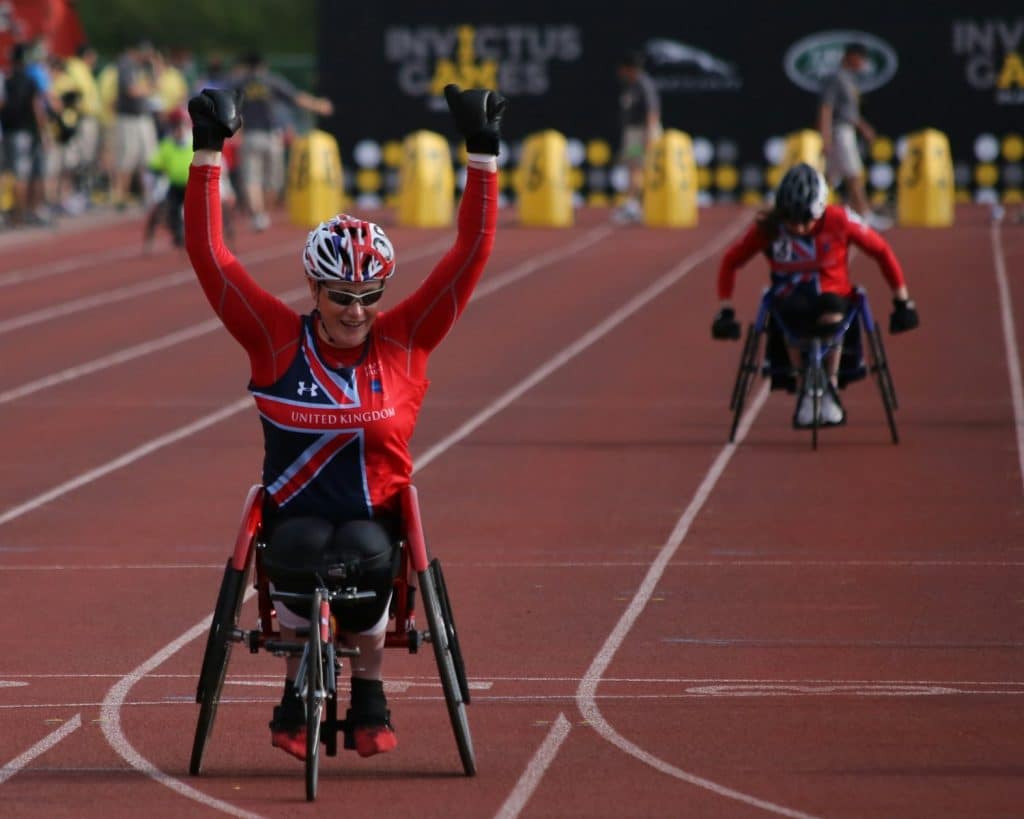
In 1969, the Paralympic Games were moved from Mexico City to Tel Aviv for technical reasons. They happened from November 4 to 13, with 750 athletes from 29 countries competing. It was the first time they included women’s wheelchair basketball and a 100m race for athletes in wheelchairs.
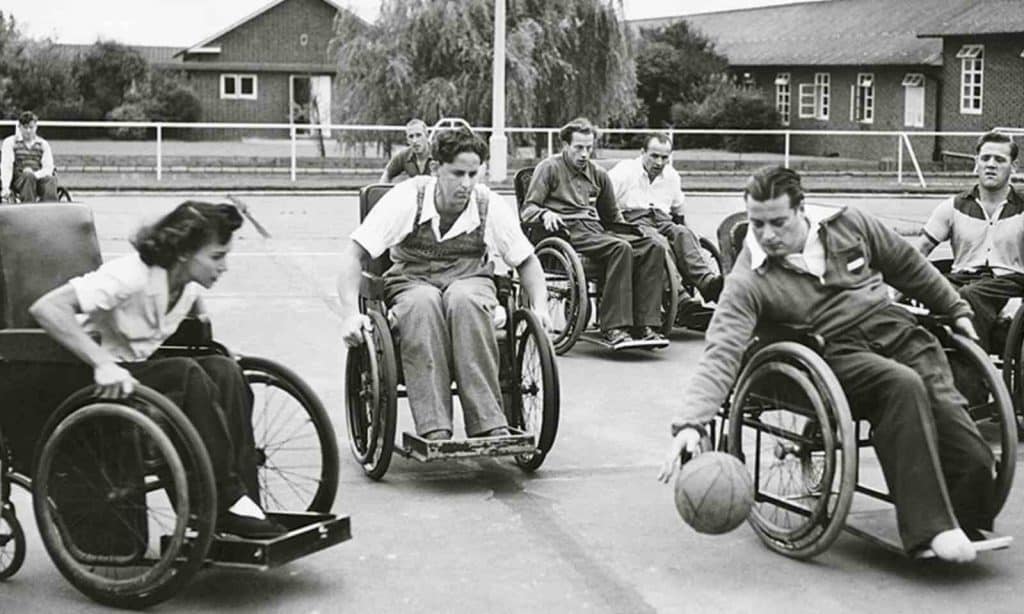
In 1972, the games were held in Heidelberg, Germany, from August 3 to 11, right before the Munich Olympic Games. There were 984 athletes who all used wheelchairs, and they came from 43 countries.
During these games, athletes with amputations pushed for their right to join in. The organizers and coaches began discussing creating special rules for each sport. They agreed to set up individual groups for each sport under the Stoke Mandeville Games Organizing Committee.
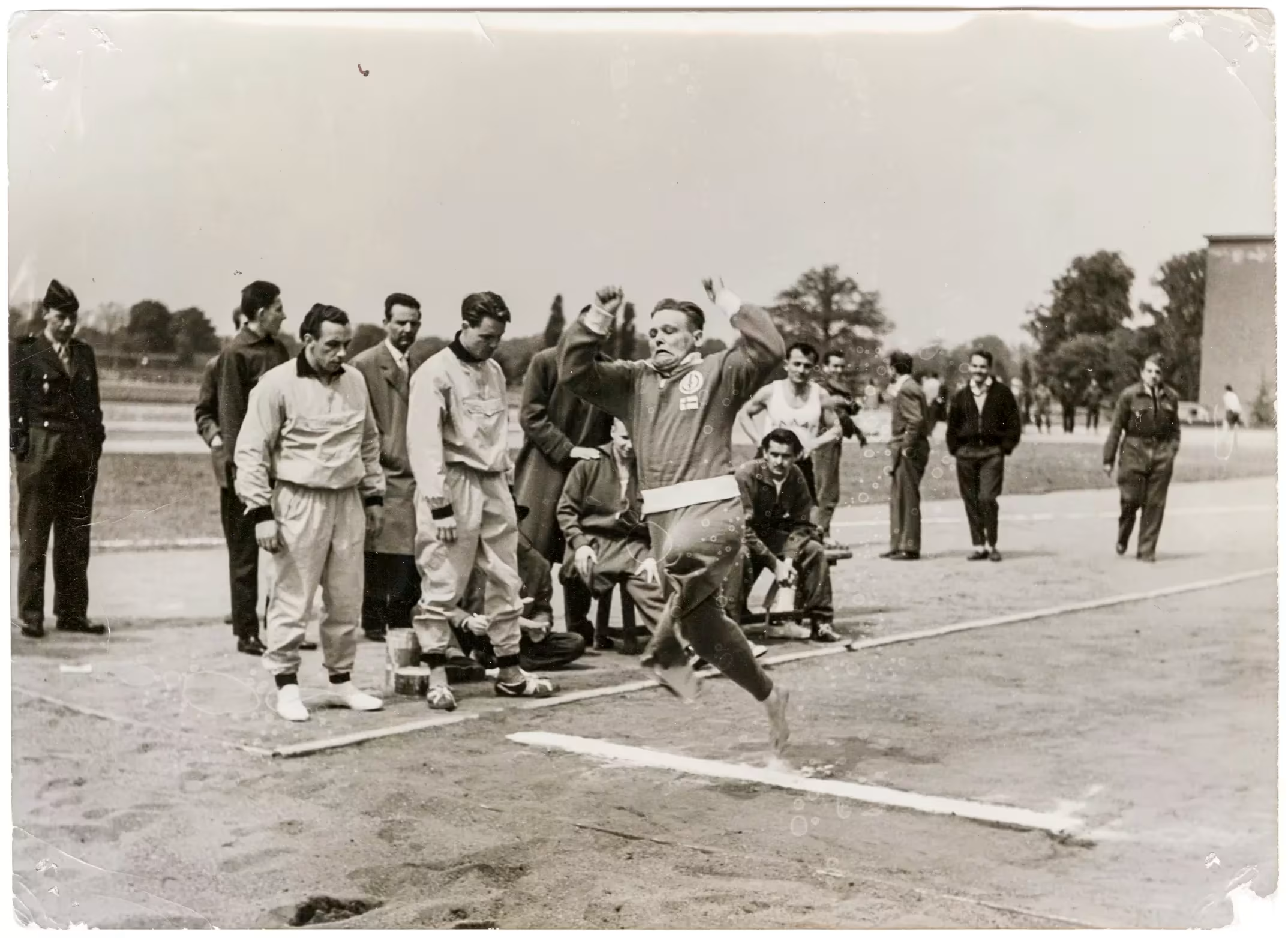
This was important because it allowed each sport to grow independently and made it easier to understand the rules for different disabilities in sports.
In 1976, the Paralympic Games were held in Toronto, Canada, from August 3 to 11, closely following the Montreal Olympic Games. This time, 1,657 athletes from 40 countries competed, and 253 of them were women.
For the first time, 261 athletes with amputations and 187 athletes who were visually impaired joined in.
A highlight was when Arnie Boldt, an 18-year-old from Canada with his leg amputated above the knee, won the men’s high jump by clearing 1.86 meters. He was recognized as the top athlete when the Games ended.
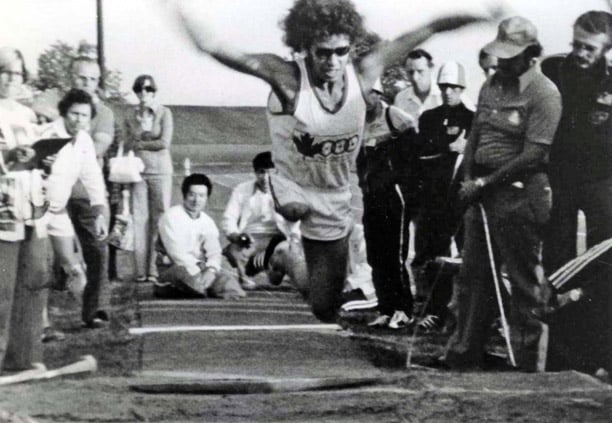
They also introduced new sports like goalball and shooting and added new distances for wheelchair racing (200m, 400m, 800m, 1500m).
Then, the first Winter Paralympic Games were held in 1976 in Örnsköldsvik, Sweden. These events have occurred every four years since then and include opening and closing ceremonies, similar to the Summer Games.
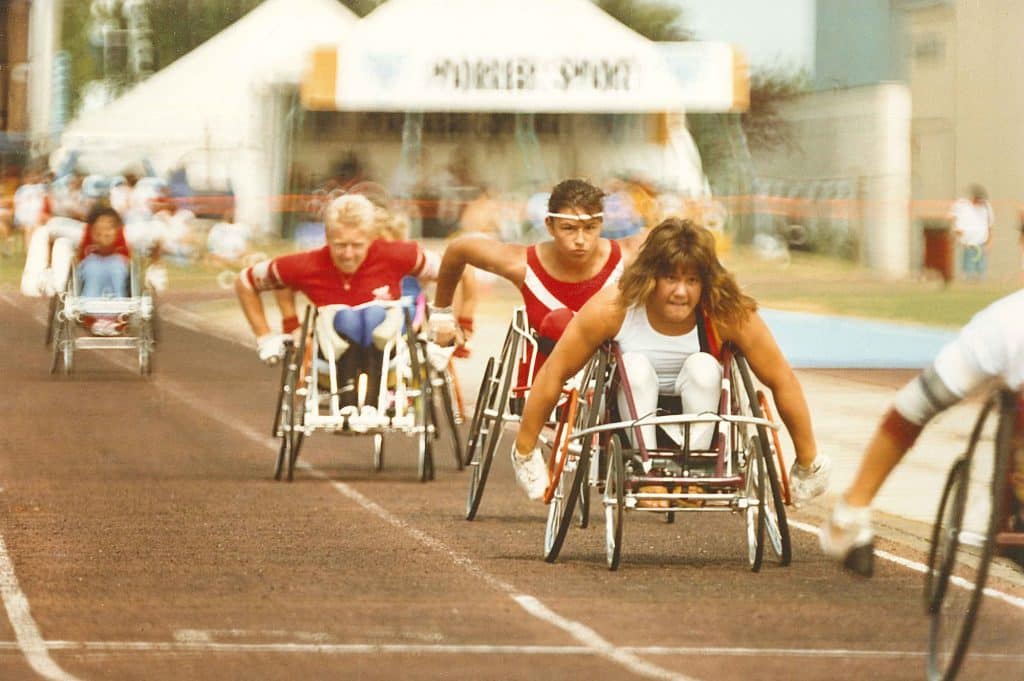
In 1980, the Paralympics took place in Arnhem, Netherlands, from June 21 to 30. This year, 1,973 athletes from 43 countries participated, and for the first time, 125 athletes with cerebral palsy joined, and sitting volleyball was introduced for amputees.
In 1984, the games were divided across two locations. New York was the venue from June 17 to 30 for athletes with cerebral palsy, amputees, and visually impaired participants, while Stoke Mandeville in the UK hosted wheelchair events for people with spinal injuries from July 22 to August 1. Overall, 2,900 athletes from 45 countries took part in the event.
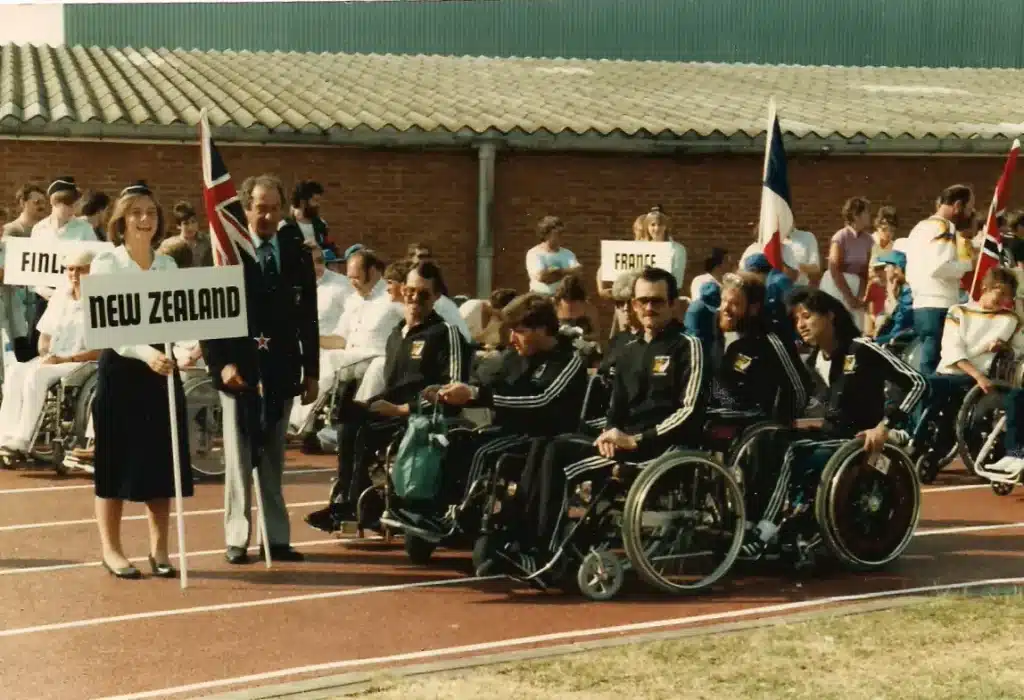
In 1988, a major event took place when the Paralympics were hosted in Seoul, South Korea, immediately after the Olympic Games. They happened from October 15 to 24.
During this event, 3,057 athletes from 60 different countries came to compete. Among these athletes, a French participant named Mustapha Badid stood out for winning several wheelchair racing competitions.
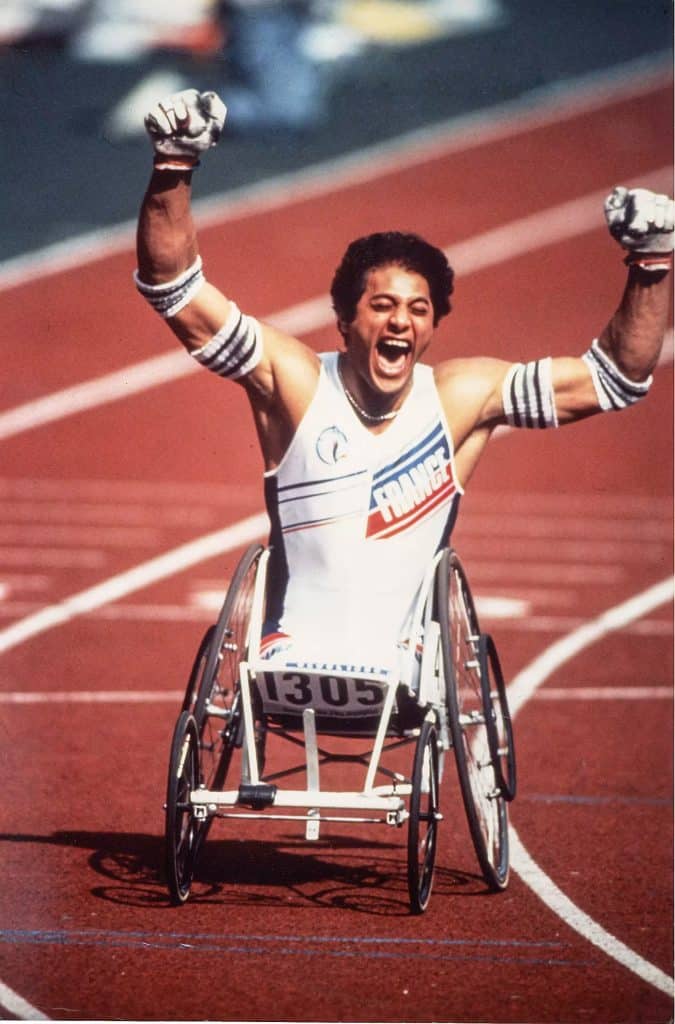
Image Credit: Seoul Organising Olympic Committee/CIO
Meanwhile, an American named Dennis Oehler made history by being the first person with a leg amputation to complete a 100m race in under 12 seconds.
Then, on September 22, 1989, a new organization called the International Paralympic Committee was established in Dusseldorf, Germany. Its purpose was to oversee the worldwide Paralympic Movement.
The term “Paralympic” itself merges the Greek word “para” (which means next to or alongside) with “Olympic.” This shows the intention behind the Paralympics: to occur side by side with the Olympic Games.
